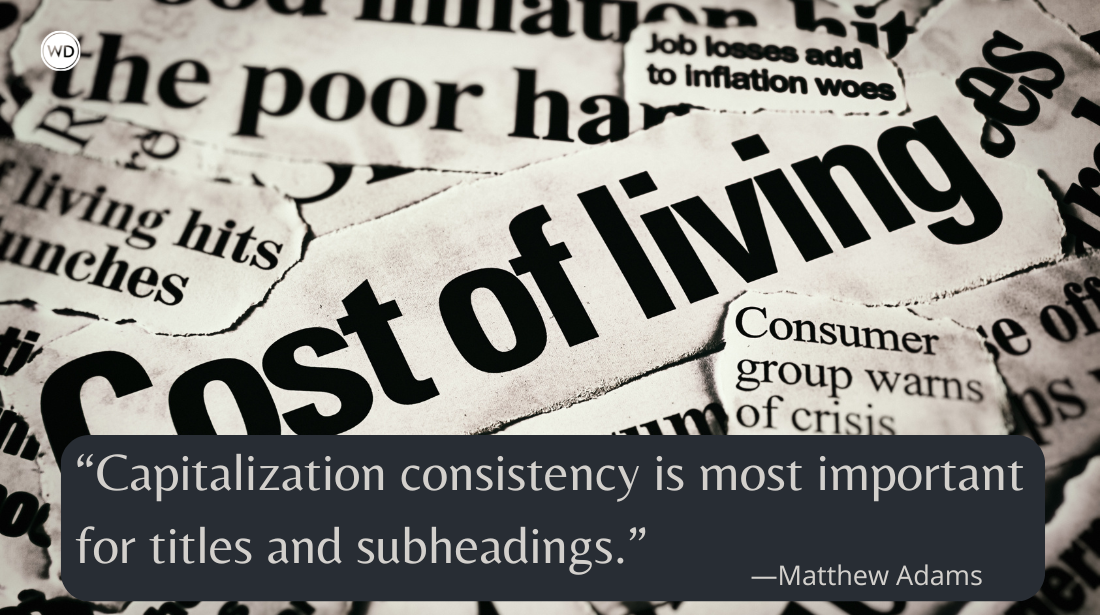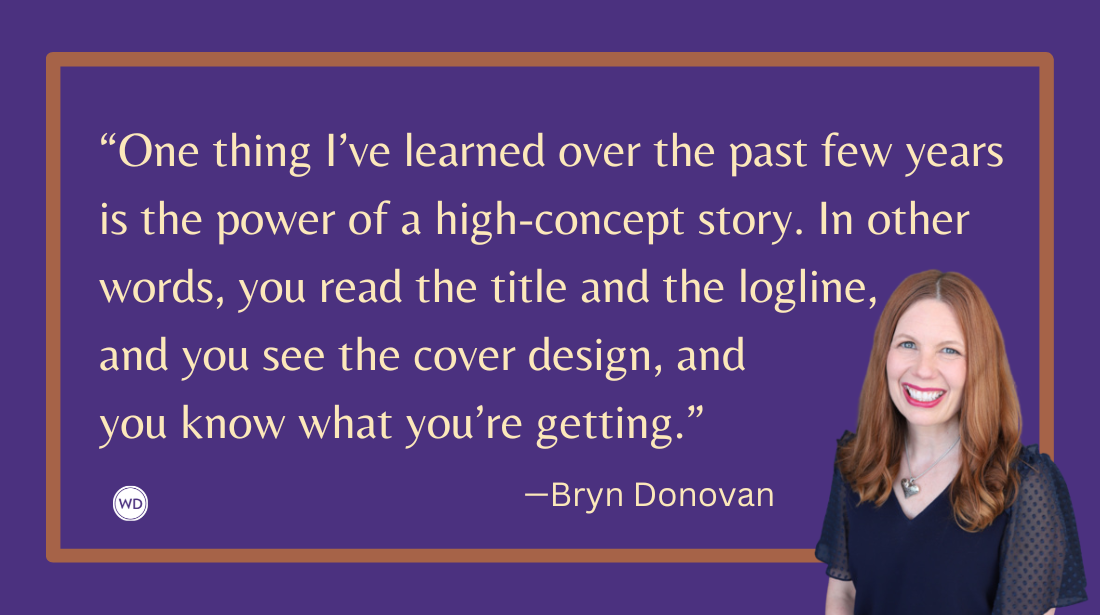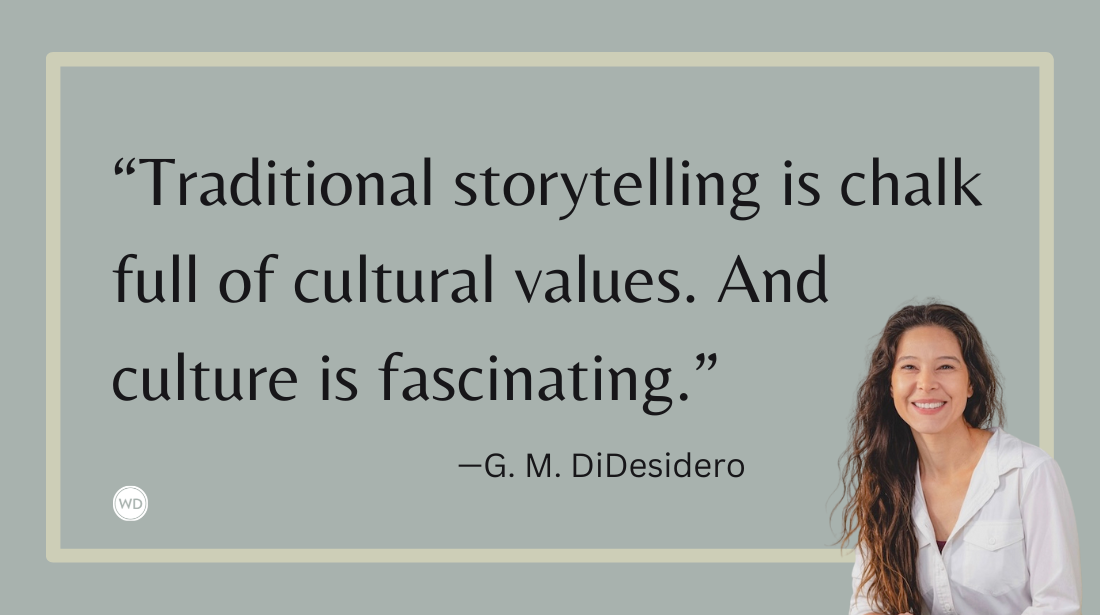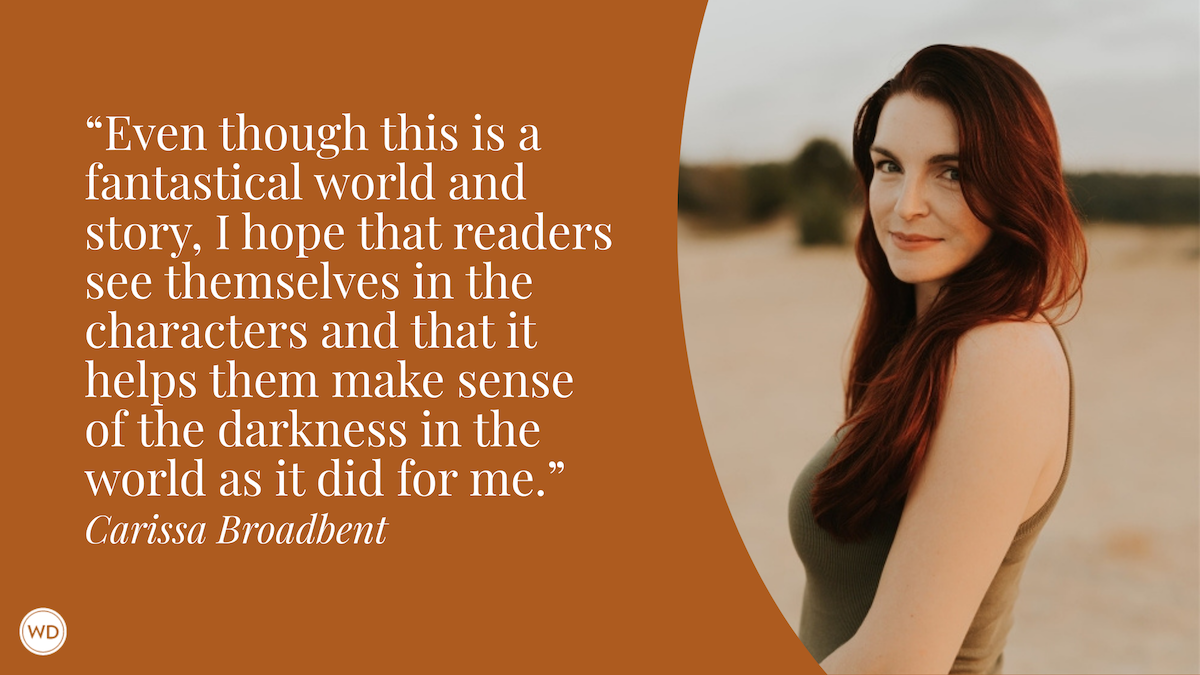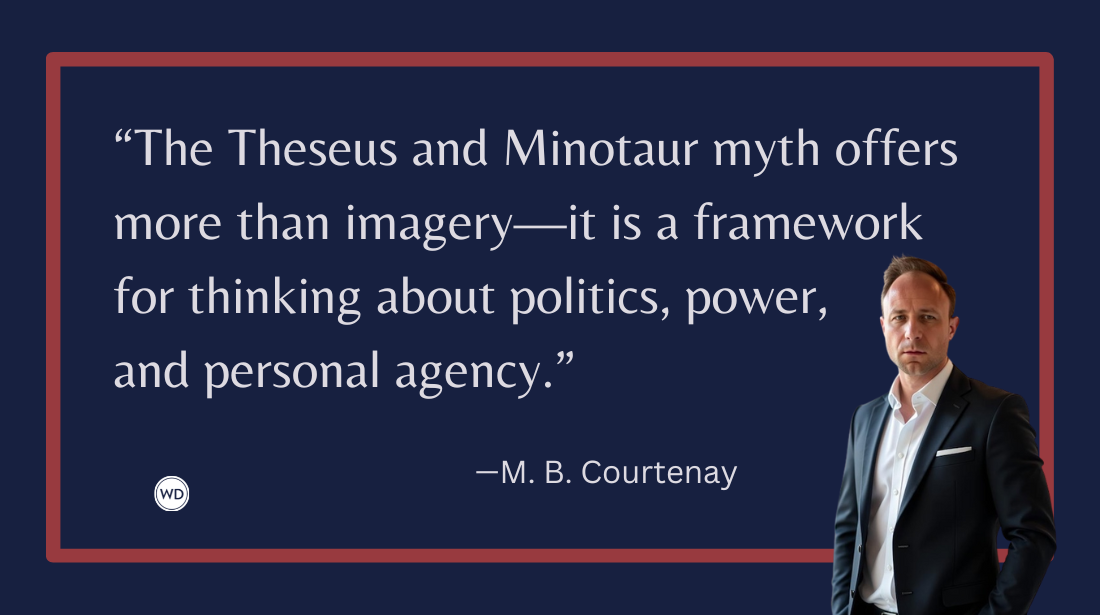Writing Healing Fiction: Storytelling and Its Power to Heal
Author Liz Parker shares how a creative nonfiction class led to a breakthrough in writing healing fiction that takes on trauma recovery.
It started with a short story in an upper-level creative writing class—the first time I’d actually written fiction beyond the tales I used to tell myself to escape the realities of an abusive childhood that left me with complex-PTSD and a no-contact relationship with my mother.
I had no idea where to start, so I wrote about a dream I had. There was a waterfall and a bear and a complete lack of narrative. Four other students read it during a workshop, and it did not go well. Reading had always been a transformative experience for me, and that’s what I’d hoped that moment could bring to them. It didn’t. And, honestly, I don’t blame them.
It was bad.
I scrapped it, and the night before the assignment was due, I started from scratch.
I realized that if I wanted my writing to mean something, to do something, it had to make my readers feel something, and I couldn’t do that without feeling something myself. In one of my other classes—one focused on memoirs—we were reading a book titled Writing as a Way of Healing, by Louise DeSalvo. The book, published in 1999, showed the power of writing to help people heal from their trauma. It focused on how DeSalvo worked with her students to write their way to healing, and how writing allowed DeSalvo and other prominent writers (Virginia Woolf, Henry Miller, Audre Lorde, and others) heal themselves. I read it in the context of a creative nonfiction class, but I thought: If fiction could be an escape, couldn’t it also be a way to heal?
This was my first step into the types of books I write now, what I refer to as healing fiction.
What exactly is healing fiction? It’s the stories we write to heal ourselves and the stories we hope will help heal others. It’s not so much a mining of trauma as it is an alchemizing of our darkest memories and deepest pains into something new—something universal that allows readers to see themselves or someone they love on the page in a new way.
I don’t write the trauma; I write the healing from the trauma.
When I was working on that first short story back in college, I was in the middle of trying to define my relationship with my emotionally abusive mother. We had a tenuous bond at the time. It had only been a few years since I’d told her about the sexual abuse I’d endured at the hands of her husband when I was nine years old. Rather than leaving him, she pushed a reconciliation narrative that I had no interest in participating in. I was only still in contact with her because she was paying my way through college, and I wasn’t ready to come to terms with the idea of living a life without a mother.
So I decided to write a story from the perspective of a woman like her. I imagined the moment when this character came to terms with everything she’d done to destroy her relationship with her daughter, the moment where she went from lying to herself that she was right in all of her choices to finally, finally recognizing just how wrong she had been. In the story, she didn’t fix anything. She didn’t take steps to undo the damage or make amends or even apologize—that wasn’t the point. It ended with her recognizing the consequences of her decisions and what those decisions had cost her, because that’s what I needed at the time, even though I never got it in real life.
When I read the story to the class, my professor (and several students) cried. I’d done it; I’d taken a piece of fiction that healed me with each word on paper and created something that crossed into the invisible space between author and reader. I went no-contact with my mother a few years later, in part because I knew a different future had been possible, even though she never chose it.
With my latest novel, Witches of Honeysuckle House, I once again took my own heartaches and alchemized them into something new, this time through a story of sisterhood, shared trauma, and what it means to not be able to go home—three heartaches that have followed me into my adult life.
In the novel, there is a scene where one of the characters, Florence Caldwell, finally realizes she has complex PTSD, and that it’s this disorder that has kept her from returning to her childhood home even though her abuser is dead and gone. This moment of realization for her is so deeply tied to my own, and my hope is that readers will recognize themselves in Florence and start on their own healing journey or take the next step in whatever healing they’ve already begun:
*****
What had happened to her wasn’t one moment of darkness, one act that separated Florence’s life between before and after. It came in minutes and hours and days. One moment, her mother would tell her the world was a better place because she was in it, the next that her family would be better off without her—if only the curse had taken Florence instead of her father or her grandmother. It was the shift from a tender brushing of Florence’s hair to a sharp tug, making Florence’s eyes sting. It was a warm cup of chamomile to help Florence sleep, offered with love in her mother’s eyes, then the hot water pouring down her throat as Linda pushed the cup into her face after her first sip.
Of course it was trauma.
“I never realized it was PTSD. I thought . . .” She shook her head, not sure what she thought. That the memories were too much. That she wasn’t strong enough. That she was broken beyond repair, and somehow she was to blame. But if it was trauma, then it wasn’t her fault at all.
*****
People tell you to write what you know. For me, there are two things I know so deeply that they’re a part of who I’ve been and who I’m becoming: trauma and the path to healing. Writing is a part of that journey for me. But I don’t only write to escape—to cope with the aftereffects of my childhood—but to face the pain head on and achieve real change not just for myself, but for my readers. To explore a different outcome, the possibility of hope. And that examination of an alternative future is the essence of healing fiction.
Check out Liz Parker's Witches of Honeysuckle House here:
(WD uses affiliate links)




